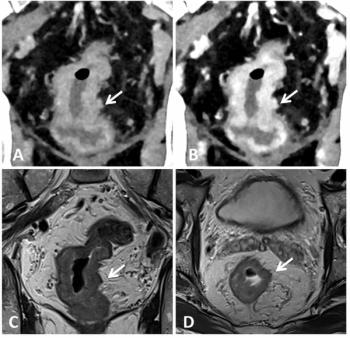
Functional MR reveals how brain bops during jazz improv
To the listener, jazz improvisation is an aural flight of fancy, borne aloft by a musician’s on-the-spot skill and imagination. But functional MRI results show the brain actually follows a grounded process of activation and deactivation during these spontaneous musical riffs, according to researchers from the National Institutes of Health and Johns Hopkins University.
To the listener, jazz improvisation is an aural flight of fancy, borne aloft by a musician's on-the-spot skill and imagination. But functional MRI results show the brain actually follows a grounded process of activation and deactivation during these spontaneous musical riffs, according to researchers from the National Institutes of Health and Johns Hopkins University.
"During a jazz performance, musicians utilize a composition's underlying chord structure and melody as the contextual framework and basis upon which a novel solo is extemporaneously improvised," said Dr. Charles Limb and Dr. Allen Braun in the online journal of the Public Library of Science (PLoS ONE 2008 Feb 27;3(2):e1679.).
The authors are from the National Institute of Deafness and Other Communication Disorders at NIH and the department of otolaryngology - head and neck surgery at the Hopkins-affiliated Peabody Conservatory of Music.
For the study, they enrolled six healthy male musicians with normal hearing abilities. The subjects underwent blood oxygen level-dependent fMRI studies on a 3T scanner. A standard gradient-echo echo-planar imaging sequence was used, and T1-weighted structural images were obtained as well.
During the scans, the musicians performed on a nonferromagnetic keyboard. They began by playing a one-octave scale in C major, then improvised a melody in that same key. Next, they played an original jazz composition as written and finished up with their own interpretation of that same piece.
The imaging results demonstrated, in every case, that spontaneous improvisation was associated with specific patterns of activation and deactivation in the prefrontal cortex and the sensorimotor as well as limbic regions of the brain, the authors said.
Specifically, the researchers noted deactivation in all the lateral prefrontal cortices along with activation in the medial prefrontal cortex. Activation occurred as well in the superior and middle temporal gyri along with other sensorimotor areas. Among the limbic regions, selective deactivation occurred in the amygdala and hippocampus.
Limb and Braun explained that the medial prefrontal cortex serves as an index of internally motivated behavior. During improvisation, the absence of self-regulation triggers other regions of the brain that encourage unfiltered and creative expression. Previous research has indicated that this same deactivation in the prefrontal cortices occurs during altered states of consciousness, such as meditation or hypnosis.
The discovery of this unique pattern may offer insight into cognitive disassociation and its role in the creative process, they said.
For more information from the Diagnostic Imaging archives:
Newsletter
Stay at the forefront of radiology with the Diagnostic Imaging newsletter, delivering the latest news, clinical insights, and imaging advancements for today’s radiologists.



























